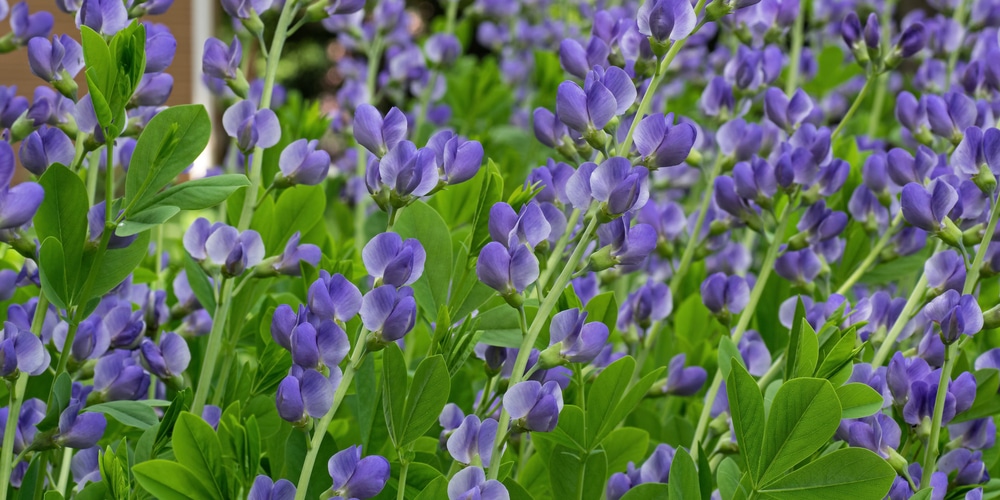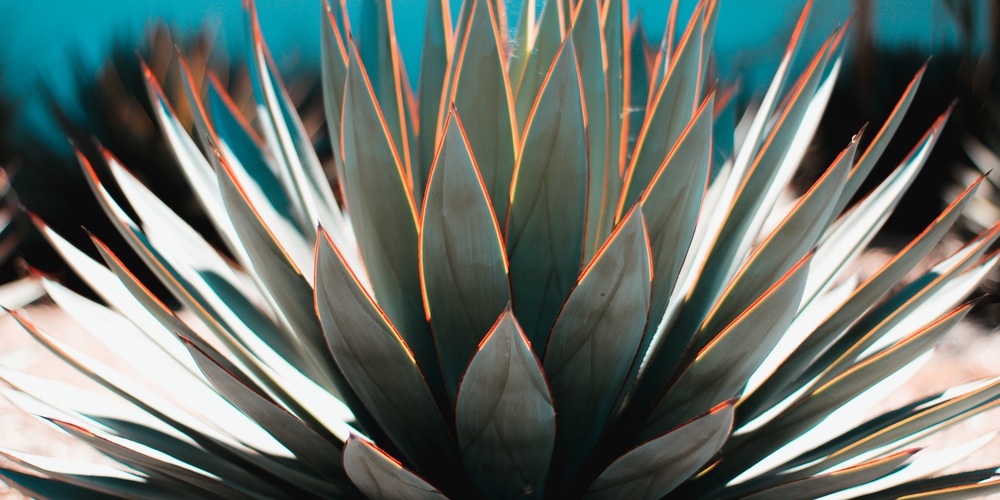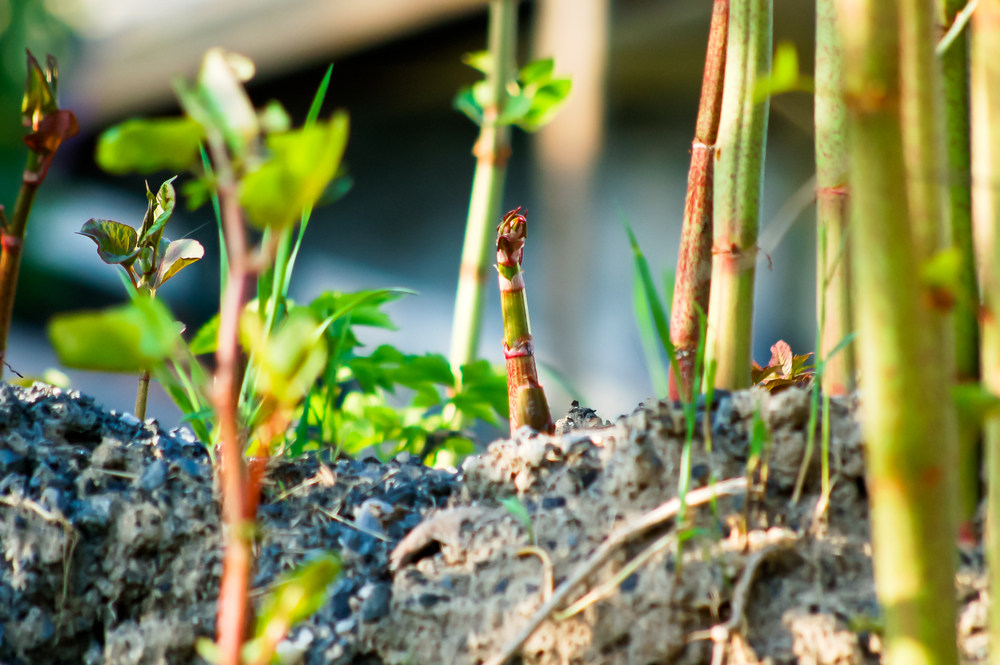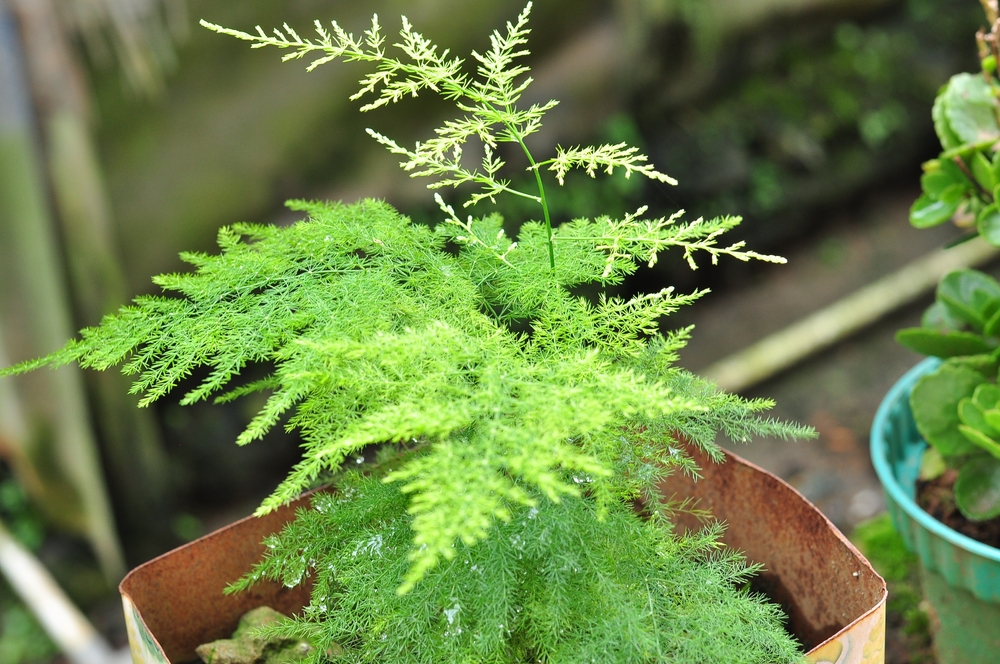Asparagus has long been used as a vegetable when its shoots burst from the ground in spring. The older an asparagus shoot is allowed to get, the less sweet it will be when prepared to eat, so people usually eat asparagus that was cultivated when it was still young. Let’s look at some plants that look like Asparagus.
Are There Plants That Look Like Asparagus?

Asparagus does have some lookalikes. True asparagus has bright green or maybe even purple stems. The flower-like tips of those stems are not flowers but modified pieces of stem. As you go down the stem from the tip, you can see that asparagus gets slightly thicker until you reach the bottom, which tends to be whiter in color than green. Some other plants resemble asparagus, but there will always be stark differences.
Baptisia
Baptisia, also called false indigo, grows in the wild near bodies of water. It loves riverbanks and swamps, and if you give it a cursory glance, it looks similar to young asparagus. It has a mottled purple and green stem, but the difference is that if you separate it from its root, it immediately begins to wilt, and the cut will turn black. It is not suitable for humans to eat.
Agave
Agave and asparagus are actually in the same family (Asparagaceae), which explains why when agave stalks are sprouting and gaining height, they look just like asparagus. However, once the agave begins to flower, the resemblance ends.
It produces yellow blooms near the end of its life that reach several meters into the air. Once the agave finishes blooming, the plant dies, but new shoots will take its place, and the process begins again. So, the agave plant only resembles a giant asparagus shoot right before it dies.
Japanese Knotweed
Although some botanists liken the appearance of Japanese knotweed to bamboo first rather than asparagus, the resemblance to asparagus becomes more obvious once you remove the Japanese knotweed leaves. The Japanese Knotwood is an invasive species, but you can eat it.
Some foragers say that it not only looks like asparagus, but it also tastes like it. However, one huge difference is that you can pluck wild or cultivated asparagus right off the stem and savor it raw. You should never eat Japanese knotweed raw—you must always cook it first. The stems are noded like bamboo stems, but this plant has a profusion of branchlets covered in oval-shaped leaves.
Asparagus Fern
This is a plant that is also part of the family Asparagaceae, but it is not a fern. It reproduces using seeds rather than spores. This plant makes the list of asparagus lookalikes because its fronds slightly resemble brand-new asparagus stalks, but as soon as they grow further and sprout their fern-like leaves, the resemblance ends. Also, the asparagus fern has poisonous berries that will cause vomiting and diarrhea if eaten. It’s best to simply stay away altogether.
Final Thoughts
Although there are a handful of plants in the wild and in cultivated scenarios that resemble asparagus, the resemblance is typically only during part of their life cycle.
The false indigo plant is the one that comes closest to the appearance of wild asparagus, but it behaves completely differently when harvested. In addition, it produces light blue circular flowers rather than tiny white flowers.



